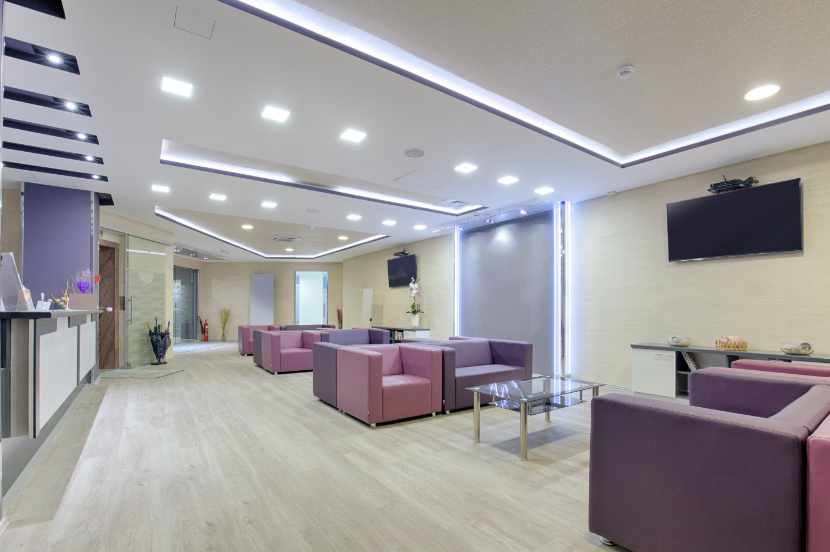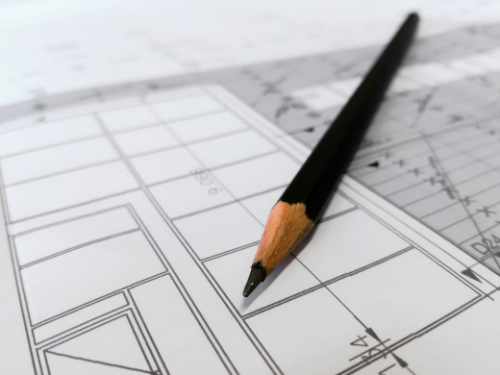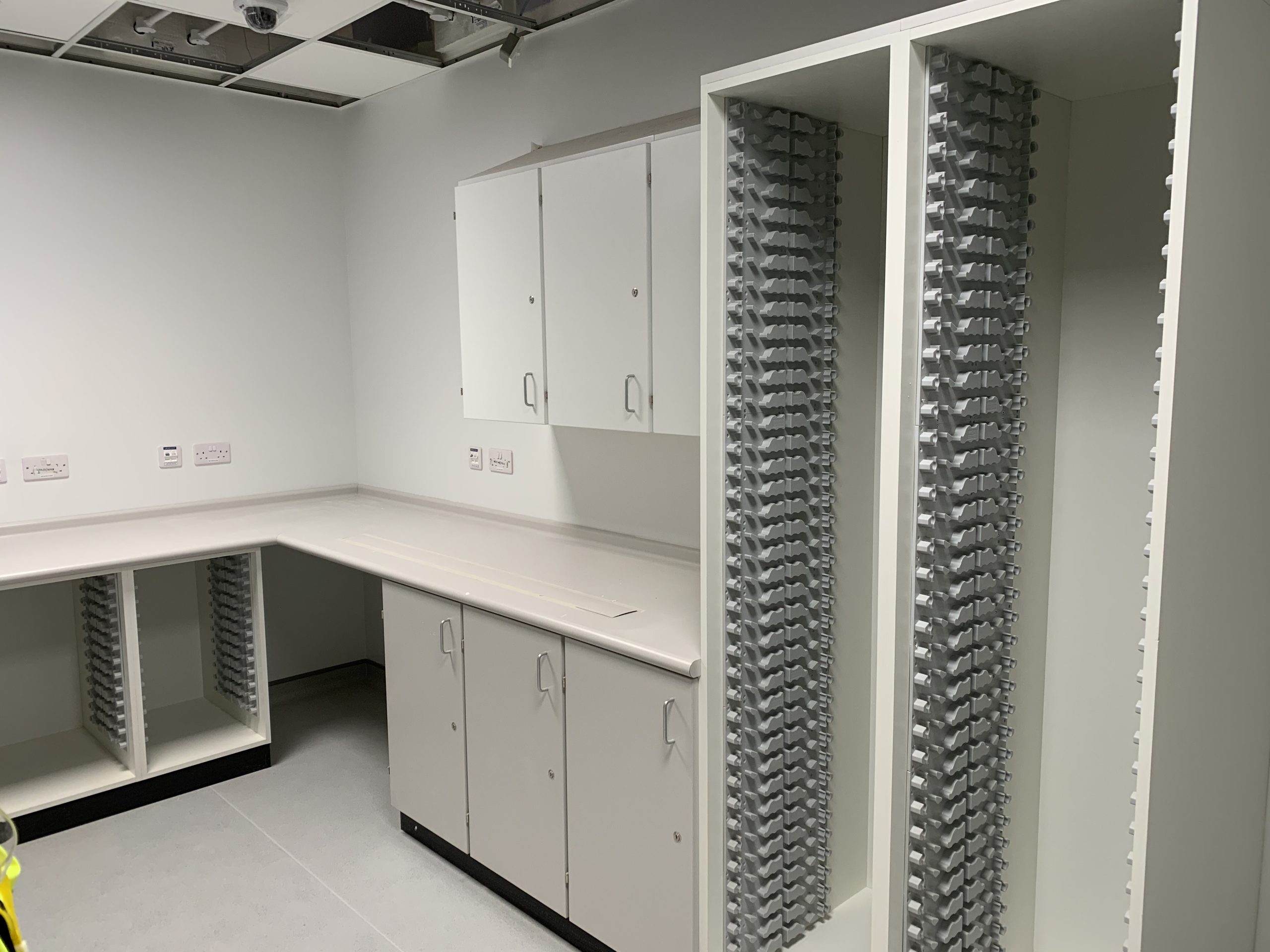Healthcare facilities present unique challenges for architects. Unlike other types of buildings, they demand a…

Why we hate waiting rooms and how the right furniture can help
“I’m still waiting,” sang Diana Ross, adding that she was “fool” for doing it. Children hate to wait. Even as adults we struggle with it. Sitting in a healthcare waiting area, we may be in a hurry and feeling ill and waiting can ratchet up the anxiety levels. When it comes to waiting rooms and welcome spaces, architects and builders really benefit from an in-depth understanding of how décor and the look and functionality of hospital furniture impacts on the psychology of waiting. In this article we take a look at how waiting room furniture can help people feel better when they’re waiting.
Waiting room furniture
As we sit listening for our name to be called to see a clinician five minutes can feel like fifty. We begin to imagine that we have been hanging around for longer than we really have. Once we start to fret about how long we might have to wait, it can overcome us. The feeling that we have been waiting too long becomes more important than how many minutes we have actually been sitting there. So, if our perception is more important than how long we really are delayed, how can fitted healthcare furniture make a difference to that?
Help patients and customers feel positive
When you choose David Bailey, you choose a British furniture manufacturer for healthcare with leading knowledge and awareness of what’s going on in the hospital furniture market. You place the functionality of interior design at the heart of your project, and that can make all the difference to how customers and patients feel in the waiting spaces you build and design. Well integrated healthcare cupboards and suspended storage units provide a clean flat surface against which front-line providers can contrast flat screens, posters and other images that provide information or entertainment and keep visitors proactive in order to pass time more quickly. When clients don’t have to “just sit there” in a cluttered or idle space, the chances are they will feel more engaged and informed, and time will pass quickly.
Understand the psychology of the waiting room
When customers see that their dentist or GP has made an effort to create a safe, healing, waiting space for them that is tailored to their needs, they are likely to wait longer and value the service more. By understanding the psychology of the waiting room, we can actually make a huge difference to the way people wait. And that can really improve the clinician/patient relationship.
HTM 63 & HTM 71 compliance
Of course, it’s not just a waiting game! Furniture in any therapeutic environment also needs to be HTM 63 & HTM 71 compliant, with sloping tops and smooth joints to prevent the accumulation of dirt and dust for infection control. Place that alongside a professional understanding of the interior design of healthcare facilities and make David Bailey fitted healthcare furniture part of your plan.
Waiting room furniture – where to find out more
If you’d like to discuss a healthcare or hospital furniture project, please get in touch.
As one of the UK’s leading manufacturers of fitted furniture for hospitals and healthcare facilities, we can design, manufacture and install furniture to meet your individual project requirements. Our Healthcare furniture range is specified for all types of hospital refurbishment and new development projects, from NHS Trust premises to private hospitals. All our furniture is manufactured at our factory in Broadstairs, Kent, here in the UK. Find out more about our range of HTM 63 and HTM 71 compliant healthcare furniture.








